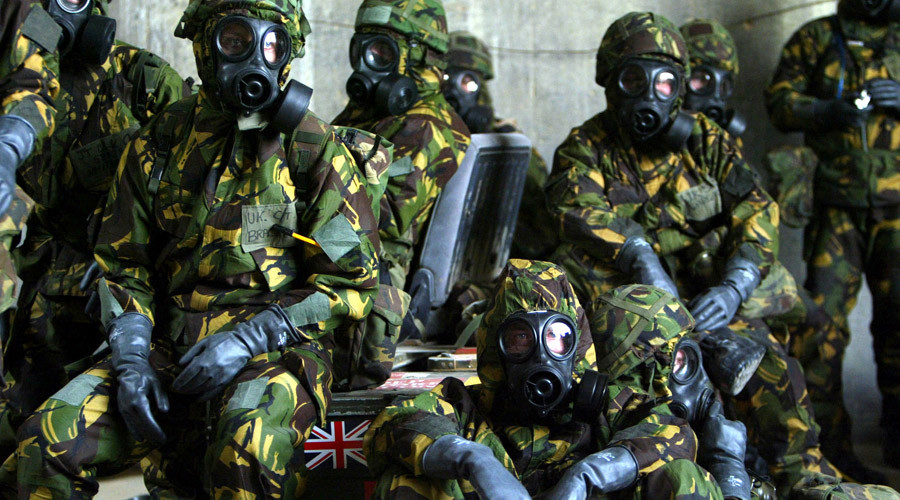In his latest work, entitled 'Secret Science: A Century of Poison Warfare and Human Experiments,' University of Kent historian Ulf Schmidt presents a series of case studies about covert state projects conducted between 1939 and 1989.
In one 1953 experiment, 20 year-old Royal Air Force (RAF) engineer Ronald Maddison was killed by exposure to what is now known as sarin gas.
Like many service men of his era, he was promised small amounts of extra pay or days off to take part in the experiment. For 15 shillings and a three-day leave pass, Maddison volunteered.
Another volunteer, 19-year old Alfred Thornhill, witnessed the RAF engineer's death at the military's science complex at Porton Down, Wiltshire.
Speaking at a 2004 inquest into Maddison's death, Thornhill told those present that the 20 year-old collapsed after drops of the toxic chemical were applied to his clothing.
"I had never seen anyone die before and what that lad went through was absolutely horrific. It was like he was being electrocuted, his whole body was convulsing," he said.
Comment: Just a spot of bother for the good of Mother Britannia! And they promised him money and time off, so that justifies it... At least, that's how the psychopathic logic might go.
"The skin was vibrating and there was all this terrible stuff coming out of his mouth...it looked like frogspawn. I saw his leg rise up from the bed and I saw his skin begin turning blue. It started from the ankle and started spreading up his leg."
Thornhill said it was like watching something from "outer space," as Maddison's state continued to deteriorate.
Sarin is now classified as a weapon of mass destruction (WMD) by the United Nations (UN).
The inquest into Maddison's death ruled he had been "unlawfully killed," and awarded his family £100,000 pounds compensation.
In separate case study, Schmidt found that in 1963 a government scientist had released allegedly "plague like" bacteria onto the London underground. Commuters were never told that the experiment had taken place.
The bacteria was Bacillus Globigii which, although not believed to be harmful at the time, is now known to cause food poisoning, eye infections and occasionally death.
Scientists were trying to discover if aerosols traveled via the transport network or the Underground's air conditioning system.
Comment: Surely this could have been tested without the use of a potentially harmful pathogen. Then again, maybe the MOD just enjoys putting ordinary citizens' lives at mortal risk.
In another experiment conducted on a ship in the Outer Hebrides in 1952, a civilian trawler came into the area.
Rather than stopping the vessel and quarantining the crew, scientists decided to let it go onward to see what would happen. It eventually docked for a time in Blackpool, though no contagion was reported.
The book suggests that up to 21,000 service personnel were experimented on over decades of secret testing, with some suffering chemical burns, vomiting and breakdowns.
One victim, Corporal Harry Hogg, then 20 years old, spoke of his experiences in a gas chamber used to test chemical weapons: "It seemed like an eternity. They opened the door and we all piled out on hands and knees, groaning and moaning and crying... one man was just like an animal."
"He was trying to eat grass. He was out of his mind. What we went through was horrendous," Hogg added.
In 2008, the government apologized for using servicemen as guinea pigs and awarded compensation to 670 of the victims.




Seems the normal M.O. doesn't it? Troops are expendable, which is why, here in the States, they are used to test whatever the new 'product' is... like the nucs, once conceived, it will be designed and once designed, it will be built, and once built it will be tested... same everytime.... it always starts with an intent. Of course, the general populace makes good test subjects as well, especially for germ warfare, as in most 'terror ops' they are the intended targets, usually in large cities... gotta test disbursement, right? Sometimes, it is even announced beforehand... free will application? not that the general public will ever hear about it as they only hear about things from the mainstream media in some form, none of which will inform them of the potential harm in the situation.